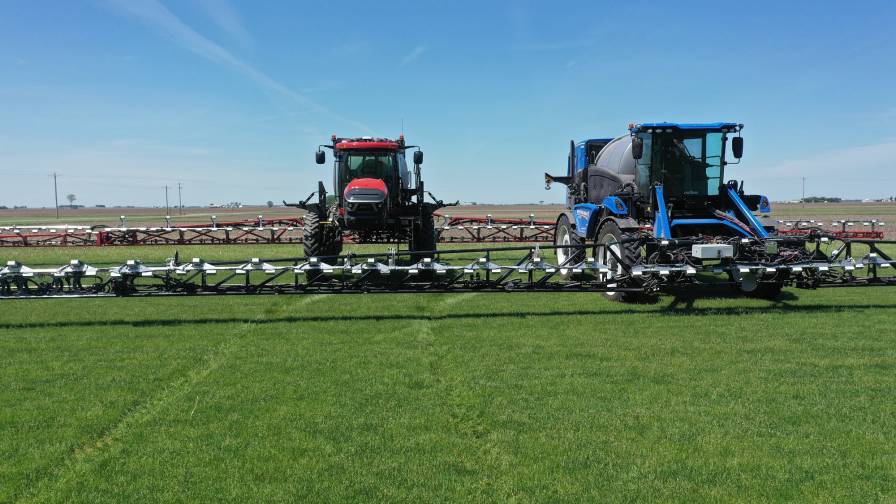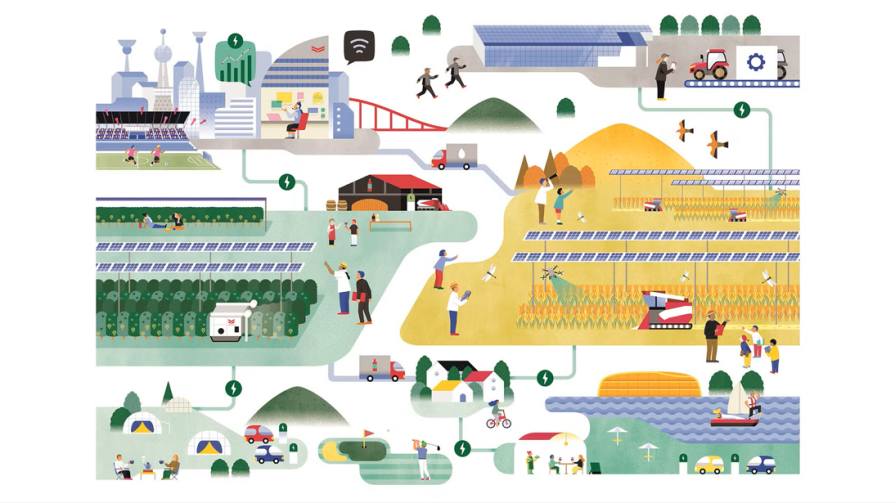Making Sense of Mineral’s Move to License AI Technology to Driscoll’s
Editor’s note: In a recent issue of Upstream Ag Professional, agribusiness analyst Shane Thomas dives into what he got wrong about Mineral’s initial move to become an Alphabet company, how it is licensing some technology to berry producer Driscoll’s, the strategy and model Mineral was trying to execute, and much more. Here’s a summary of that article:
In January 2023, Alphabet’s research and development initiative launched Mineral as an independent division focused on agricultural technology. Mineral, previously part of Alphabet’s moonshot factory, aims to develop innovative technologies to address global agricultural challenges. The transition signifies Mineral’s goal to integrate its technologies within leading agribusinesses for maximum impact, starting with Driscoll’s.
Mineral holds 87 patents covering various agricultural technologies, including crop yield analysis and plant detection. The details of its recent transaction with Driscoll’s remain undisclosed, but it is noted that this is an intellectual property-based deal without transferring personnel or customer bases. This approach raises questions about the long-term utility of these technical assets within non-technical organizations.
There have been misconceptions about Mineral’s commercialization process, attributing its spin-out to Alphabet’s strategic focus on cost efficiency rather than a proven commercial viability. Ruth Porat, Alphabet’s CFO, emphasized the need to sharpen the company’s focus, leading to the divestment of non-essential projects like Mineral. The aim is to raise outside capital for spin-outs and collaborate with industry and financial partners to enhance capital efficiency.
MORE BY SHANE THOMAS
Carbon Robotics Introduces G2 Product Line: Will Laser Weeding Eliminate Herbicides in Row Crops?
Language Model Capacity and Agronomic Prowess: Are We Measuring What Matters?
Mineral faced challenges in defining a clear business model and securing a target market. Despite ambitions to offer machine learning and algorithm services to agribusinesses, Mineral struggled to find a scalable product-market fit. The dependency on a few large customers, like Driscoll’s, further strained resources, hindering broader market penetration and profitability.
Mineral’s challenges can be compared to Intel’s successful “Intel Inside” branding strategy, which built consumer confidence through recognizable quality components. In contrast, Mineral’s approach lacked the focused target market and scalability needed for similar success. The commentary suggests that Mineral’s divestiture does not imply the failure of AI in agriculture but highlights the complexities and internal efforts required by agribusinesses to integrate such technologies effectively.
Resource constraints often drive innovation, whereas Mineral, backed by Alphabet’s significant resources, lacked the urgency and focus typically seen in startups. Yet, I remain optimistic about the future of AI in agriculture, suggesting that internal developments within agribusinesses might yield more sustainable advancements than external ventures like Mineral.
For more in-depth coverage, visit Upstream Ag.










